Sowing Ginger in your Garden: [Care, Irrigation and Substrate]
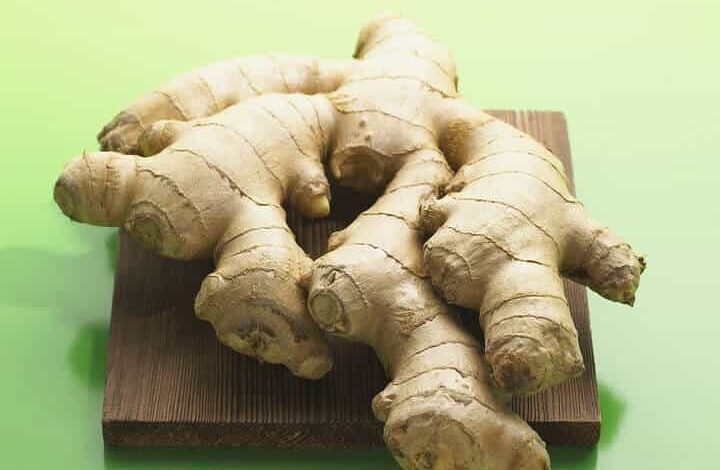
L os Greeks ate ginger wrapped in bread treat digestive problems.
Eventually, ginger was used as an ingredient in the famous bread that bears his name.
What’s more…
According to Ayurveda (or traditional Indian medicine), ginger is considered as a universal medicine and a medicinal tuber .
It is able to relieve discomforts such as joint pain , dizziness, loss of appetite, indigestion and inflammation.
- Where? It is a tropical plant that thrives in heat. It is not resistant to frost, but it does not tolerate direct sun either.

- When? during the spring , preferably in the beginning or during the first two months.
- Harvest time? From 4 months after sowing.
- How do we prepare the land? The ideal soil should be loamy and sandy, with good drainage and sufficient organic matter.
- How do we water? Ideal, drip irrigation. We will avoid flooding at all costs.
- How often do we water? Every day or every other day. It does not tolerate droughts. It requires a lot of humidity.
- How do we sow? Step by step here.
- How do we harvest? Young ginger can be harvested 4 months after planting. Although you have to be careful, because its shell is very thin and, therefore, easy to hurt.
- Plagues and diseases? Nematodes, Erwinia sp. and Fusarium spp, Pythium graminicola.
Hailing from Asia, ginger is a rhizomatous plant related to turmeric and cardamom.
It is famous in ancient medicine for its anti-inflammatory powers and because helps fight , among other things, respiratory diseases , diabetes and a wide variety of digestive problems.
It is also used as a spice and is the main ingredient in many dishes and drinks .
You will find it very helpful to have a supply of fresh ginger on hand for when you need it.
Best of all, you can sow ginger easily and requires very little care.
When to grow ginger? The dates
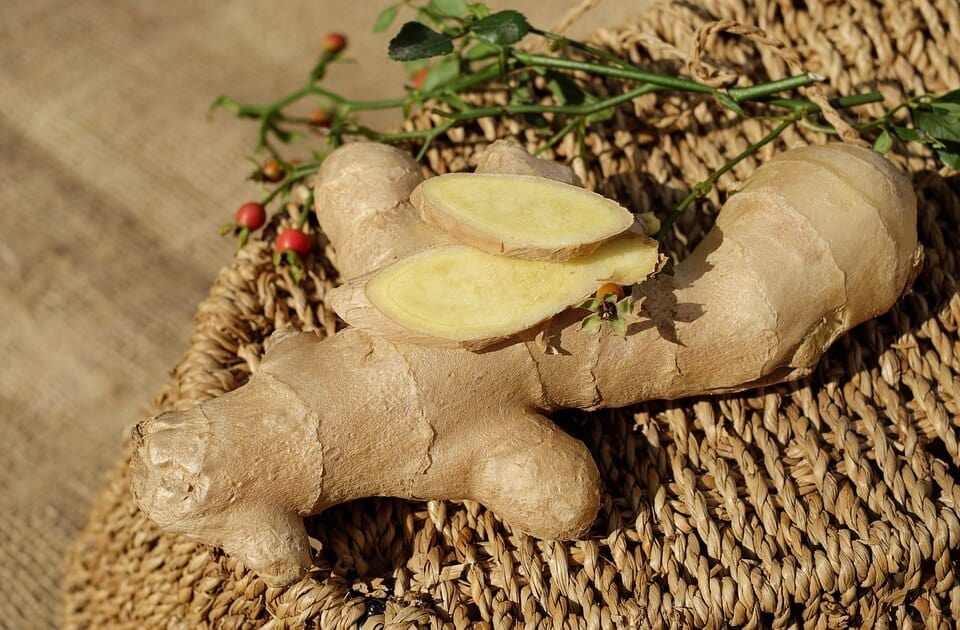 We want to sow ginger during spring, preferably at the beginning or during the first two months.
We want to sow ginger during spring, preferably at the beginning or during the first two months.
Harvest: after 4 months, some rhizomes can be harvested.
Where to plant ginger? Temperature and brightness
It is a Tropical plant that proliferates with heat. It is not resistant to frost , but it does not tolerate direct sun either.
It is a plant that has adapted to live under the shade of the trees of the tropical forests.
You can sow ginger in a not very bright area or that it receives direct sunlight for only a few hours a day.
In addition to preferring partial shade , it also does well in moist , but not muddy, soil .
The ideal temperature is between 25 and 30 ºC constant.
Temperatures below 10 ° C are harmful to their development .
It also does not tolerate strong winds or droughts.
- Plant after the last frost of spring.
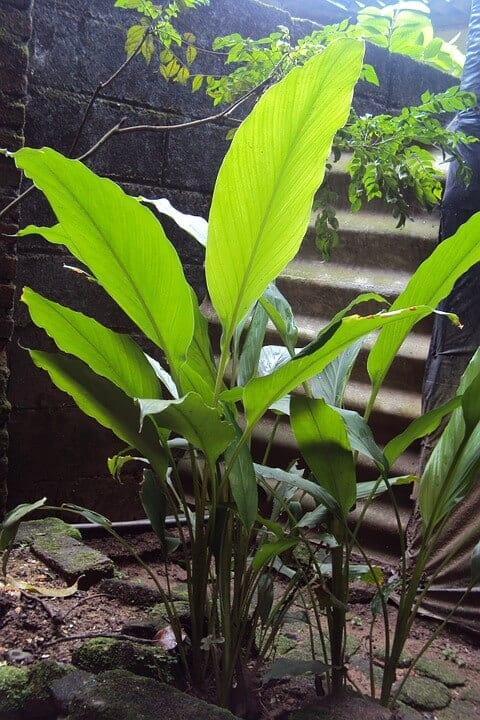
- One way to protect it from frost is to grow it in pots , indoors.
- To increase the temperature indoors, you can use vine-type covers with double lining.
- In exterior , try planting ginger in sunny places . You can also use thermal blankets if the temperatures are very low.
- Take into account the particular conditions of the place where you live, since although ginger can grow in the shade in the tropics, in other latitudes, such places can be too cool .
How do we water the ginger? Humidity
Ginger requires high humidity throughout its entire life cycle.
However, care must be taken that the soil has good drainage .
Excess moisture can cause root suffocation , rot, and certain fungal diseases .
The optimal relative humidity is between 60 and 70%, during the day, and between 70-90% at night.
It does not tolerate droughts , so you have to maintain a constant irrigation scheme.
- Preferably I make drip irrigation to regulate water flow.
- The frequency of irrigation will depend on the particular conditions , however, you must keep the soil always moist , avoiding flooding .
- If you water in the morning, it is more likely that the crop will take longer to work, since the energy of the first hours is invested in evaporating the water from the surface of its leaves.
How do we prepare the land? The substrate
 The ideal soil should be loamy and sandy , with good drainage and enough organic matter . This type of flooring maintains heat and humidity more easily.
The ideal soil should be loamy and sandy , with good drainage and enough organic matter . This type of flooring maintains heat and humidity more easily.
It does not grow well in very compact or heavy soils , or in very clayey ones.
The pH optimum between 6.0 and 6.5
One of the peculiarities of ginger is that it is a plant that grows horizontally to the ground , so it fits very well in planters and pots.
Sowing ginger in pots
If you are interested in growing it like this , the container should be at least 40 cm deep and 30 cm in diameter .
Make sure the pot also has good drainage holes so the roots don’t get soggy with the water.
You must place a small dish and very deep below in the pot to catch the water to drain.
- If the soil is very clayey, add organic matter . You can use worm castings . In this way you will also be favoring the good drainage of the land.
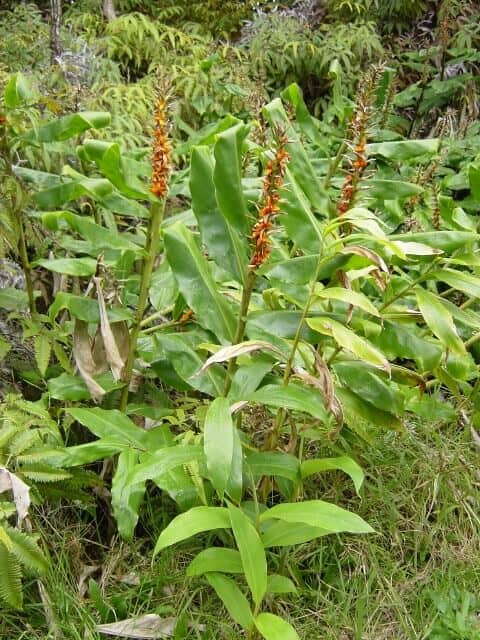
- The fertilizer organic must be applied after the plants have sprouted and the soil has warmed enough. On the contrary, artificial fertilizers can be applied shortly after planting the seeds .
- Dark compost is recommended to keep the soil moist and warm.
- If your garden tends to flood , you need to do everything you can to fix it . You can create slopes so that the water runs off to one side and install gutters to make it easier to collect the water.
- Another effective technique to promote drainage is to create mounds of soil and plant the ginger on them , so less water will accumulate at the foot of your plants.
How to sow ginger step by step [8 steps]
Step 1: Acquire a ginger rhizome
 To grow ginger , you only need to make a cut of the root of a ginger plant.
To grow ginger , you only need to make a cut of the root of a ginger plant.
This can be easily purchased at horticultural stores , nurseries, or seed stores.
Similarly, if you know someone who grows ginger , you can ask for a cut.
Make sure the rhizome is thick and its rind feels firm and fresh to the touch . It is very important that it does not have wrinkles , nor does it feel soft or present mold on its surface .
Preferably acquire a rhizome with some green shoots.
Step 2: Cut the rhizome into pieces (OPTIONAL)
 This is optional, only if you want to plant more than one plant.
This is optional, only if you want to plant more than one plant.
Cut your rhizome into several pieces between 3 and 4 centimeters each . After cutting them, let them sit in a dry place for a few days to allow them to heal.
You will notice that within a few days , each piece will develop a protective callus on the cut surface, reducing the risk of infection.
Step 3: Place the ginger rhizome in water (OPTIONAL)
If your root piece does not show any sprouts , place it in a container of room temperature water and leave it there overnight.
This will help stimulate their germination.
Step 4: Prepare the soil for planting the ginger
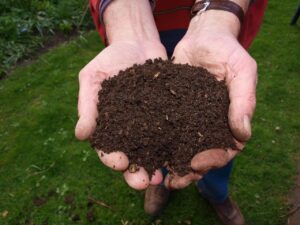 Fertilize the soil and moisten the soil before sowing to improve the quality of the substrate.
Fertilize the soil and moisten the soil before sowing to improve the quality of the substrate.
If you sow ginger in a pot, it is best to fill it with a part of compost or worm castings and three parts of organic soil.
Remember that the soil must be spongy and well aerated so that the water can drain well.
Step 5: Dip your ginger rhizomes into the soil
Bury each piece horizontally to a depth of between 5 and 10 cm , making sure that the shoots are facing upwards.
Take into account that each piece of ginger requires 20 centimeters of ground space.
Cover the root with soil making sure the shoots are flush.
Step 6: water the land
Make sure to wet the soil with plenty of water , but avoid waterlogging. Check the soil every day and water just before it dries completely.
Do not overdo the risks . Remember that soil with too much water will rot the plants .
Step 7: Fertilize once a month
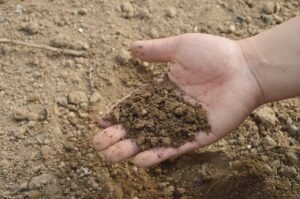 If the soil where you have planted your ginger is poor or you simply want to improve its quality , enrich it with a small amount of fertilizer.
If the soil where you have planted your ginger is poor or you simply want to improve its quality , enrich it with a small amount of fertilizer.
However, this is not necessary if the substrate is fertile .
Step 8: be patient
Ginger grows slowly , especially in temperate climates .
You will see the first shoots three weeks after planting it. Make sure to water and keep your plant in good condition until this happens.
Once the ginger has sprouted , the mulch will keep it warm and help fight weeds .
Mulch is also essential if the soil temperature drops below 10 ºC during the development period.
You will be able to harvest the ginger approximately four months after it has sprouted.
Harvesting and harvesting ginger
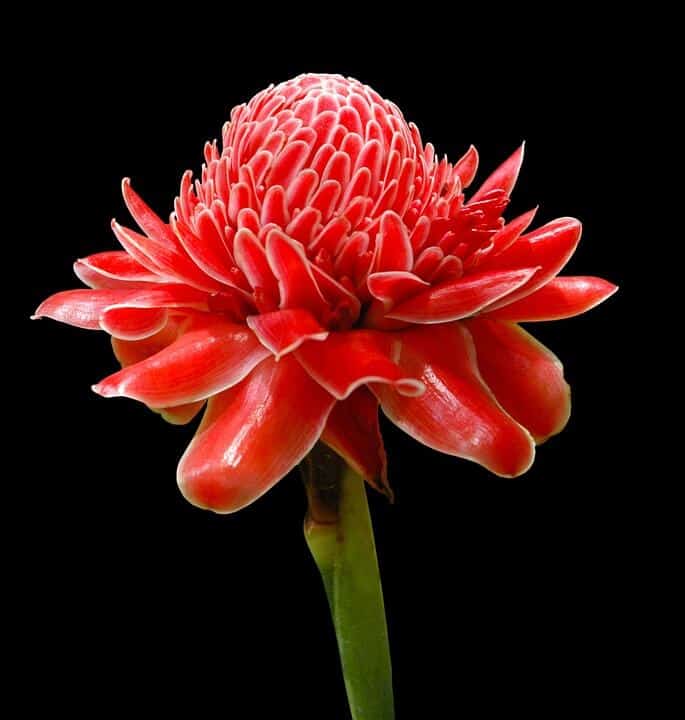 Let <
Let <

![Photo of Types of Bonsai: [According to Size and Shape]](https://www.complete-gardening.com/wp-content/uploads/2022/08/types-of-bonsai-according-to-size-and-shape-390x220.jpg)


![Photo of Marjoram: [Cultivation, Irrigation, Associations, Pests and Diseases]](https://www.complete-gardening.com/wp-content/uploads/2022/08/marjoram-cultivation-irrigation-associations-pests-and-diseases-390x220.png)